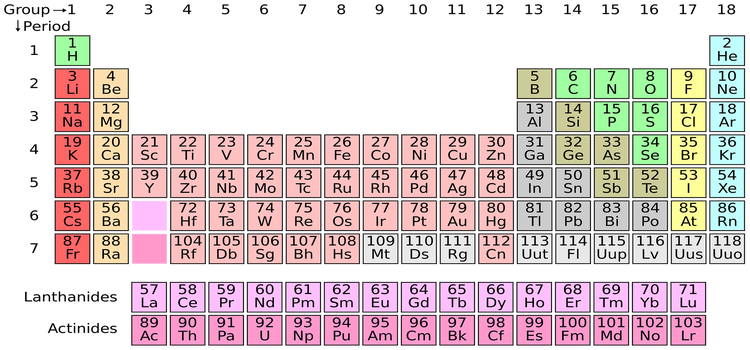

1. Chemical Reactions and Equations
View2. Acids, Bases and Salts
View3. Metals and Non-metals
View4. Carbon and its Compounds
View5. Periodic Classification of Elements
View6. Life Processes
View7. Control and Coordination
View8. How do Organisms Reproduce?
View9. Heredity and Evolution
View10. Light-Reflection and Refraction
View11. Human Eye and Colourful World
View12. Electricity
View13. Magnetic Effects of Electric Current
View14. Sources of Energy
View15. Our Environment
View16. Management of Natural Resources
ViewAnswers All Chapters
View
1. (A). Finding the pH of the following samples by using pH paper/universal indicator:
PERFORM EXPERIMENT A PERFORM EXPERIMENT B LAB MANNUAL(i) Dilute Hydrochloric Acid
(ii) Dilute NaOH solution
(iii) Dilute Ethanoic Acid solution
(iv) Lemon juice
(v) Water
(vi) Dilute Hydrogen Carbonate solution
(B). Studying the properties of acids and bases (HCl and NaOH) on the basis of their reaction with:
a) Litmus solution (Blue/Red)
b) Zinc metal
c) Solid sodium carbonate
2. Performing and observing the following reactions and classifying them into:
PERFORM EXPERIMENT LAB MANNUALA. Combination reaction
B. Decomposition reaction
C. Displacement reaction
D. Double displacement reaction
(i) Action of water on quicklime
(ii) Action of heat on ferrous sulphate crystals
(iii) Iron nails kept in copper sulphate solution
(iv) Reaction between sodium sulphate and barium chloride solutions
3. Observing the action of Zn, Fe, Cu and Al metals on the following salt solutions:
PERFORM EXPERIMENT LAB MANNUALi) ZnSO4(aq)
ii) FeSO4(aq)
iii) CuSO4(aq)
iv) Al2 (SO4)3(aq)
Arranging Zn, Fe, Cu and Al (metals) in the decreasing order of reactivity based on the above result.
4. Experimentally show that carbon dioxide is given out during respiration.
PERFORM EXPERIMENT LAB MANNUAL5. Determination of the focal length of
PERFORM EXPERIMENT1 LAB MANNUAL(i) Concave mirror and
(ii) Convex lens by obtaining the image of a distant object. Unit-III:(Chapter- 10)
6. Tracing the path of a ray of light passing through a rectangular glass slab for different angles of incidence. Measure the angle of incidence, angle of refraction, angle of emergence and interpret the result.
PERFORM EXPERIMENT LAB MANNUAL7. Tracing the path of the rays of light through a glass prism.
PERFORM EXPERIMENT LAB MANNUAL8. Studying the dependence of potential difference (V) across a resistor on the current (I) passing through it and determining its resistance. Also plotting a graph between V and I.
PERFORM EXPERIMENT LAB MANNUAL9. Studying
PERFORM EXPERIMENT LAB MANNUAL(a) binary fission in Amoeba, and
(b) budding in yeast and Hydra with the help of prepared slides.